No products in the cart.
6 Days : Marrakesh – Ait Ben Haddou – Merzouga – Meknes – Marrakesh
6 Days : Marrakesh – Ait Ben Haddou – Dades – Merzouga – Midelt – Fes – Meknes – Marrakesh
Category: Marrakech Tours Departures
Tags: Ait Ben Haddou, Dades, Fes, Marrakesh, Meknes, Merzouga, Midelt
Morning after breakfast we continue across the Tizi-n-Tichka Pass (2260m). Stopping along the way for photos and enjoying the panoramic views of High Atlas Mountains along with Berber villages, through kasbah telouet, is a Kasbah along the former route of the caravans from the Sahara over the Atlas Mountains to Marrakech. The kasbah was the seat of the El Glaoui family’s power, thus sometimes also called the Palace of Glaoui, The passage of the merchant caravans, which connected the desert with the large cities situated on the other side of the Atlas, and the proximity of the salt mines, made the wealth of the Pashas inhabiting Telouet. Through the ounila valley , the Ounila river has transformed the landscape. A rich variety of green crops line the valley floor, contrasting with the rusty red rock of the canyon-like walls,we arrive to ksar ait ben haddou (the UNESCO World Heritage Centre where movies such as Gladiator and Jesus of Nazareth were filmed). The ksar, a group of earthen buildings surrounded by high walls, is a traditional pre-Saharan habitat. The houses crowd together within the defensive walls, which are reinforced by corner towers. Ait-Ben-Haddou, in Ouarzazate province, is a striking example of the architecture of southern Morocco. Skoura (Skoura is a fertile oasis lined with immense palm groves. The Kasbah Amerhidil is part of Skoura palm grove alongside more), we arrive to roses valley , stop photos in mgoun river (kasbahs,gardens,bérbér daily…..), River flows through the valley quenching a miraculous, winding path of fruit, walnut, wheat, silver birch and almond trees. The Dades Valley has a wild landscape, with snow on one side and semi-desert on the other, its savage grandeur and unearthly silence can be equalled only by the Grand Canyon. The Berbers erected hundreds and hundreds of Kasbahs in this valley. we continue to tinghir , The last 600 metres of the Todgha gorge are the most spectacular. Here the canyon narrows to a flat stony track, in places as little as 10 metres wide, with sheer and smooth rock walls up to 160 metres high on each side. visit gorges of todra(canyons), through tinjdad , arfoud famous for its fossilized marbles we arrive to merzouga and the desert where you can watch the sunset over the dunes. Dinner and overnight at the berber tent in bivouac. Departure to rissani ancient capital of Tafilalet(big oases in africa), A former major caravan center, Rissani remains a major commercial center in the region, with a large souk, particularly lively on Tuesdays, Thursdays and Sundays. It is noted for its leather and goat skin trading. The mausoleum of Moulay Ali Cherif, third great-grandfather of Moulay Cherif, founder of the Alaouite Dynasty of Morocco, is located on the southern edge of town. Along the Ziz river include Er Rachidia, Erfoud and Sijilmassa ; there is typically a common water rights rule, wherein each village and villager is entitled to a fair use and extraction of Ziz waters. Characteristically water is diverted in flatter areas to form a canal that irrigates palm groves and other crops as well as supplies domestic use. Through the middele atlas montains and many berber villages and cities , we note the Atlas cedar , Barbary macaque and important for biodiversity ; continue to fes . It is the second largest city in Morocco after Casablanca, Fez was founded under Idrisid rule during the 8th-9th centuries CE. It initially consisted of two autonomous and competing settlements. Successive waves of mainly Arab immigrants from Tunisia , egypt and al-Andalus (Spain/Portugal) in the early 9th century gave the nascent city its Arab character. other empires came and went, 11th century when the Almoravid Sultan Yusuf ibn Tashfin united the two settlements into what is today’s Fes el-Bali quarter, the Marinid era (13th-15th centuries), regaining its status as political capital. Numerous new madrasas and mosques were constructed, In 1276 the Marinid sultan Abu Yusuf Yaqub also founded the royal administrative district of Fes el-Jdid, where the royal palace is still located today, to which extensive gardens were later added. During this period the Jewish population of the city grew and the Mellah (Jewish quarter) was formed on the south side of this new district, – Madrasas : The city has traditionally retained the influential position as a religious capital in the region, exemplified by the Madrasa (or University) : — Qarawiyyin which was established in 859 by Fatima al-Fihri originally as a mosque — The Saffarin Madrasa in Fes el Bali by Sultan Abu Yusuf in 1271. Sultan Abu al-Hassan was the most prolific patron of madrasa construction. — Cherratine Madrasa commissioned by the Alaouite sultan Al-Rashid in 1670, which is the only major non-Marinid foundation besides the Madrasa of al-Qarawiyyin. – City walls and gates : The entire medina of Fez was heavily fortified with crenelated walls with w atchtowers and gates ,The gates of Fez, scattered along the circuit of walls, were guarded by the military detachments and shut at night. Some of the main gates have existed, in different forms, since the earliest years of the city. The oldest gates today, and historically the most important ones of the city, are Bab Mahrouk (in the west), Bab Guissa (in the northeast), and Bab Ftouh (in the southeast). – Forts and kasbahs – Along with the city walls and gates, several forts were constructed along the defensive perimeters of the medina during the different time periods. The military watchtowers built in its early days during the Idrisid era were relatively small. 13 kasbahs were constructed surrounding the old city. Among the most prominent among them is the Kasbah An-Nouar, located at the western or north-western tip of Fes el-Bali, and the Kasbah Cherarda, built by the Alaouite sultan Moulay al-Rashid just north of Fes Jdid, Other kasbahs include the Kasbah Tamdert, built by the Saadis near Bab Ftouh, – Tanneries : – Since the inception of the city, tanning industry has been continually operating in the same fashion as it did in the early centuries. Today, the tanning industry in the city is considered one of the main tourist attractions. – Gardens : The Jnane Sbile Garden was created as a royal park and garden in the 19th century by Sultan Moulay Hassan between Fes el-Jdid and Fes el-Bali. Other gardens also exist within the grounds of the historic royal palaces of the city, such as the Agdal and Lalla Mina Gardens in the Dar al-Makhzen or the gardens of the Dar al-Beida (originally attached to Dar Batha) – Funduqs/foundouks : The old city of Fez includes more than a hundred funduqs or foundouks (traditional inns, or urban caravanserais) — The Funduq al-Najjariyyin, which was built in the 18th century by Amin Adiyil to provide accommodation and storage for merchants and which now houses the Nejjarine Museum of Wooden Arts & Crafts. — The Funduq Shamma’in (also spelled Foundouk Chemmaïne) and the Funduq Staouniyyin (or Funduq of the Tetouanis), both dating from the Marinid era or earlier, and the Funduq Sagha which is contemporary with the Funduq al-Najjariyyin. – Historic palaces and residences Many old private residences have also survived to this day, in various states of conservation. private houses include the Dar al-Alami, Dar Saada (now a restaurant), Dar ‘Adiyil, Dar Belghazi, Dar Batha is a former palace completed by the Alaouite Sultan Moulay Abdelaziz (ruled 1894-1908) and turned into a museum in 1915. Volubilis, a major Roman-era settlement in Morocco and one of its early urban centres, is located near the site of the current city of Meknes. the sixth largest city by population in the kingdom. Founded in the 11th century by the Almoravids as a military settlement, Meknes became the capital of Morocco under the reign of Sultan Moulay Ismaïl . Moulay Ismaïl created a massive imperial palace complex and endowed the city with extensive fortifications and monumental gates. Places to visit : Place el-Hedim , Mosques and madrasas , Madrasa Bou Inania, Bab Mansur al-‘Alj. Through the middele atlas montains and many berber villages and cities , we note the Atlas cedar , Barbary macaque and important for biodiversity we arrive to Marrakesh . Almoravid Empire. The Marrakesh was founded in 1070 by Emir Abu Bakr ibn Umar as the imperial capital of the city was one of Morocco’s four imperial cities. In the 12th century, The red walls of the city, built by Ali ibn Yusuf in 1122–1123, and various buildings constructed in red sandstone during this period, have given the city the nickname of the « Red City » or « Ochre City ». Marrakesh grew rapidly and established itself as a cultural, religious, and trading center for the Maghreb and sub-Saharan Africa. Jemaa el-Fnaa is the busiest square in Africa. Marrakesh comprises an old fortified city packed with vendors and their stalls. This medina quarter is a UNESCO World Heritage Site. Today it is one of the busiest cities in Africa and serves as a major economic center and tourist destination. Saadian sultans Abu Abdallah al-Qaim and Ahmad al-Mansur, embellish the city with sumptuous palaces such as the El Badi Palace (1578) and restored many ruined monuments. Beginning in the 17th century, the city became popular among Sufi pilgrims for its seven patron saints who are entombed here. Places to visit : 1 – Jemaa el fnaa – The Jemaa el-Fnaa is one of the best-known squares in Africa and is the centre of city activity and trade. It has been described as a « world-famous square », « a metaphorical urban icon, a bridge between the past and the present 2 – Souks Marrakesh has the largest traditional market in Morocco and the image of the city is closely associated with its souks principal shopping attraction, historically the souks of Marrakesh were divided into retail areas for particular goods such as leather, carpets, metalwork and pottery. 3 – City gates and walls – The ramparts of Marrakesh, which stretch for some 19 kilometres around the medina of the city, were built by the Almoravids in the 12th century as protective fortifications. The walls are made of a distinct red (ochre) , giving the city its nickname as the « red city »; they stand up to (5.8 m) high and have 20 gates and 200 towers along them. Gates : Bab Agnaou , Bab doukala,Bab lkhmis,Bab e-rob, Bab adbagh. 4 – Gardens – The Menara gardens are the botanical gardens to the west of Marrakesh – The Majorelle Garden, on Avenue Yacoub el Mansour, was at one time the home of the landscape painter Jacques Majorelle – The Agdal Gardens, south of the medina and also built in the 12th century, are royal orchards surrounded by pise walls – The Koutoubia Gardens are behind the Koutoubia Mosque. They feature orange and palm trees 5 – Palaces – The El Badi Palace flanks the eastern side of the Kasbah. It was built by Saadian sultan Ahmad al-Mansur – The Royal Palace, also known as Dar el-Makhzen, is next to the Badi Palace. – The Bahia Palace, set in extensive gardens, was built in the late 19th century by the Grand Vizier of Marrakesh, Si Ahmed ben Musa 6 – Tombs – The Saadian Tombs were built in the 16th century as a royal necropolis for the Saadian sultans and their family members. It is next to the south wall of the Kasbah Mosque – The medina holds the tombs of the seven patron saints of the city, which are visited every year by pilgrims 7 – Mellah – The Mellah of Marrakesh is the old Jewish Quarter (Mellah) of the city, located is in the kasbah area of the city’s medina, east of Place des Ferblantiers. It was created in 15586 Days : Marrakesh - Ait Ben Haddou - Dades - Merzouga - Midelt - Fes - Meknes - Marrakesh
Be the first to review “6 Days : Marrakesh – Ait Ben Haddou – Merzouga – Meknes – Marrakesh” Annuler la réponse
Related products
Marrakech Tours Departures
Marrakech Tours Departures
€499.00
Ouarzazate Tours Departures
Ouarzazate Tours Departures
Essaouira Tours Departures
Marrakech Tours Departures
3 days : Marrakech – Ait Ben Haddou – Ouarzazate – Dades -Merzouga
Marrakech Tours Departures
9 Days : Marrakesh – Rabat – Chefchaouen – Ouarzazate – Marrakesh
Ouarzazate Tours Departures
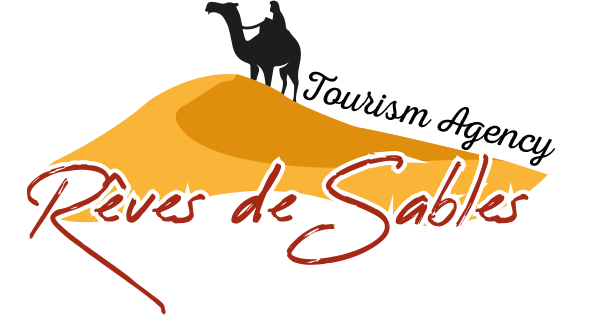
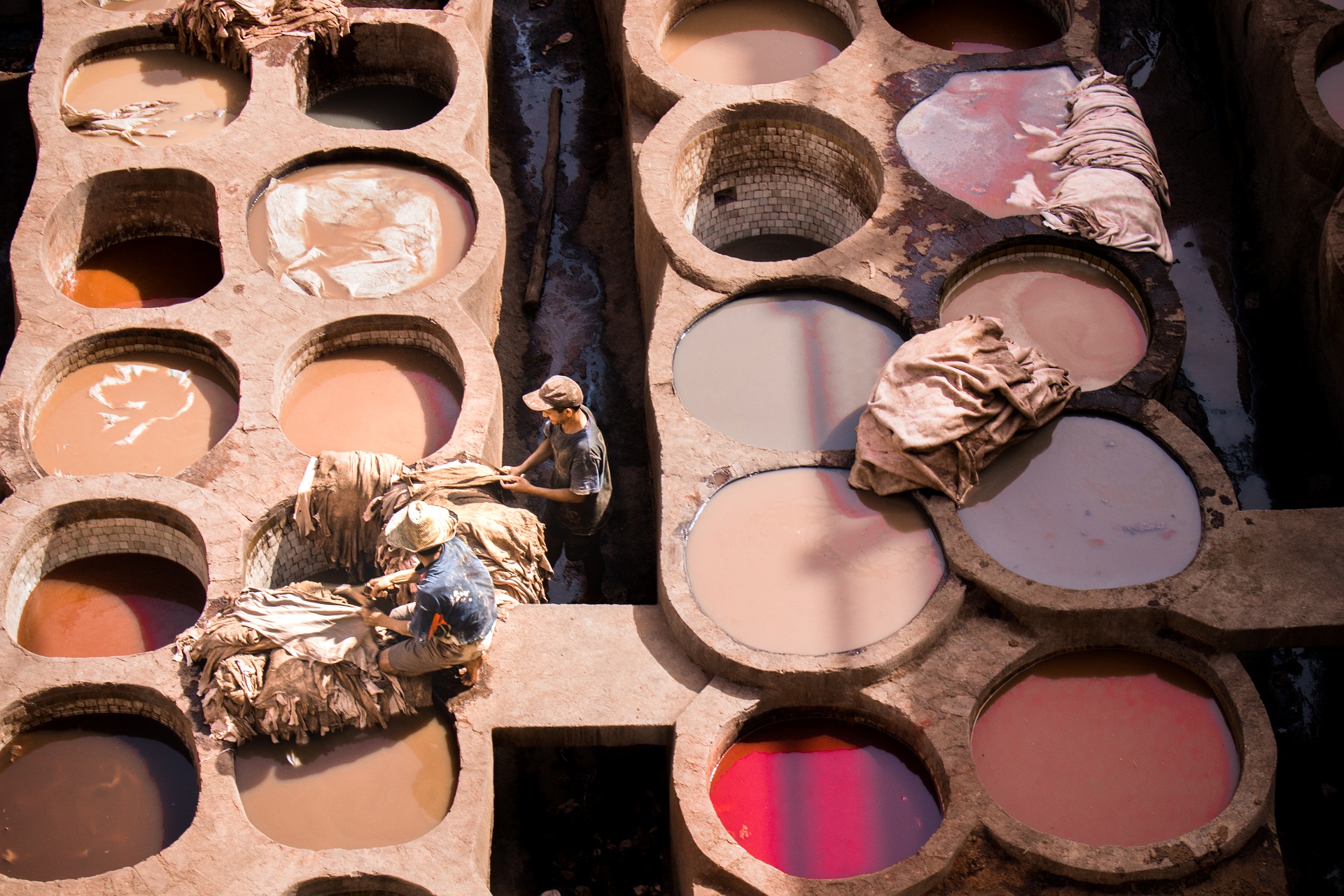
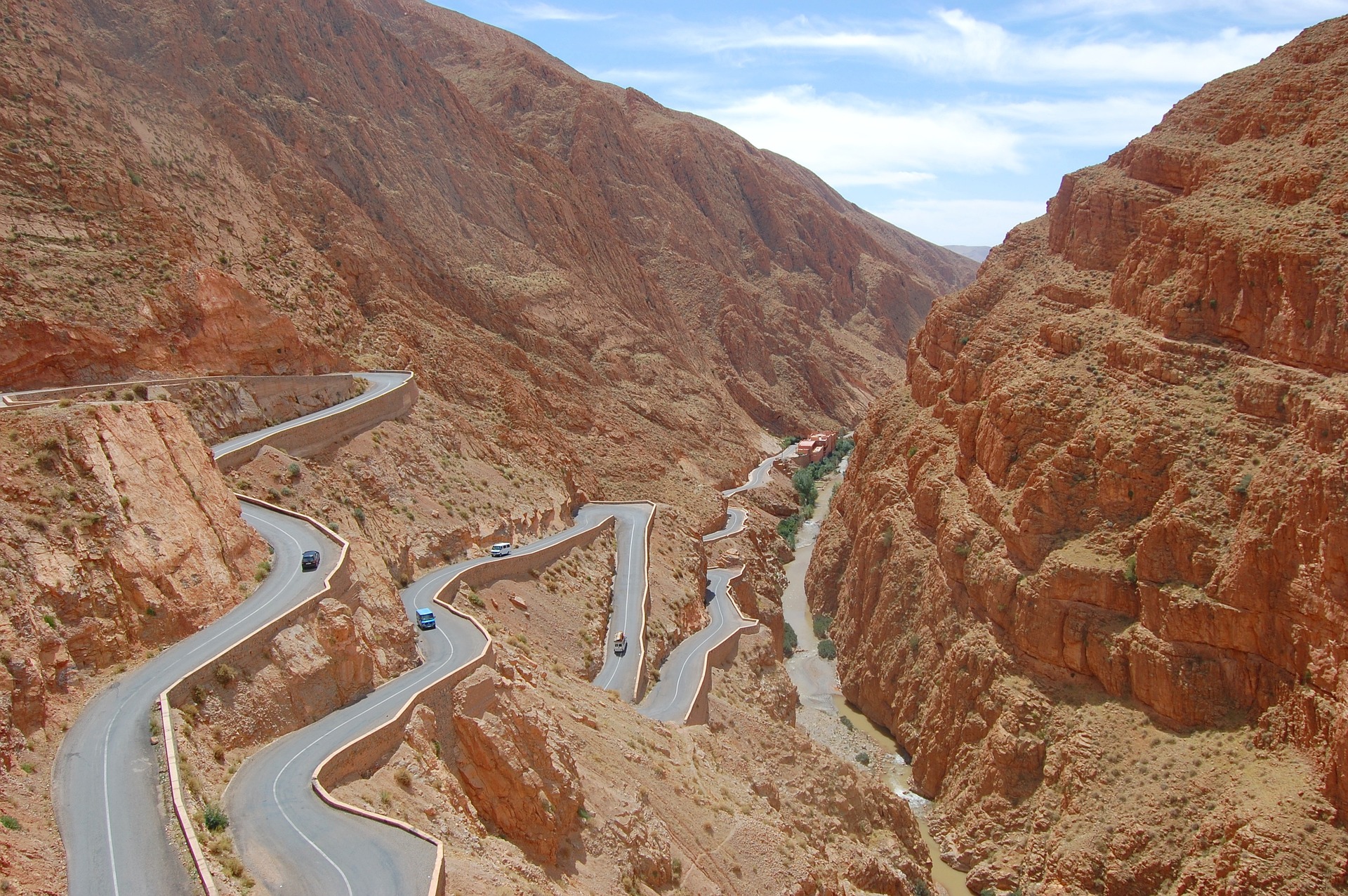
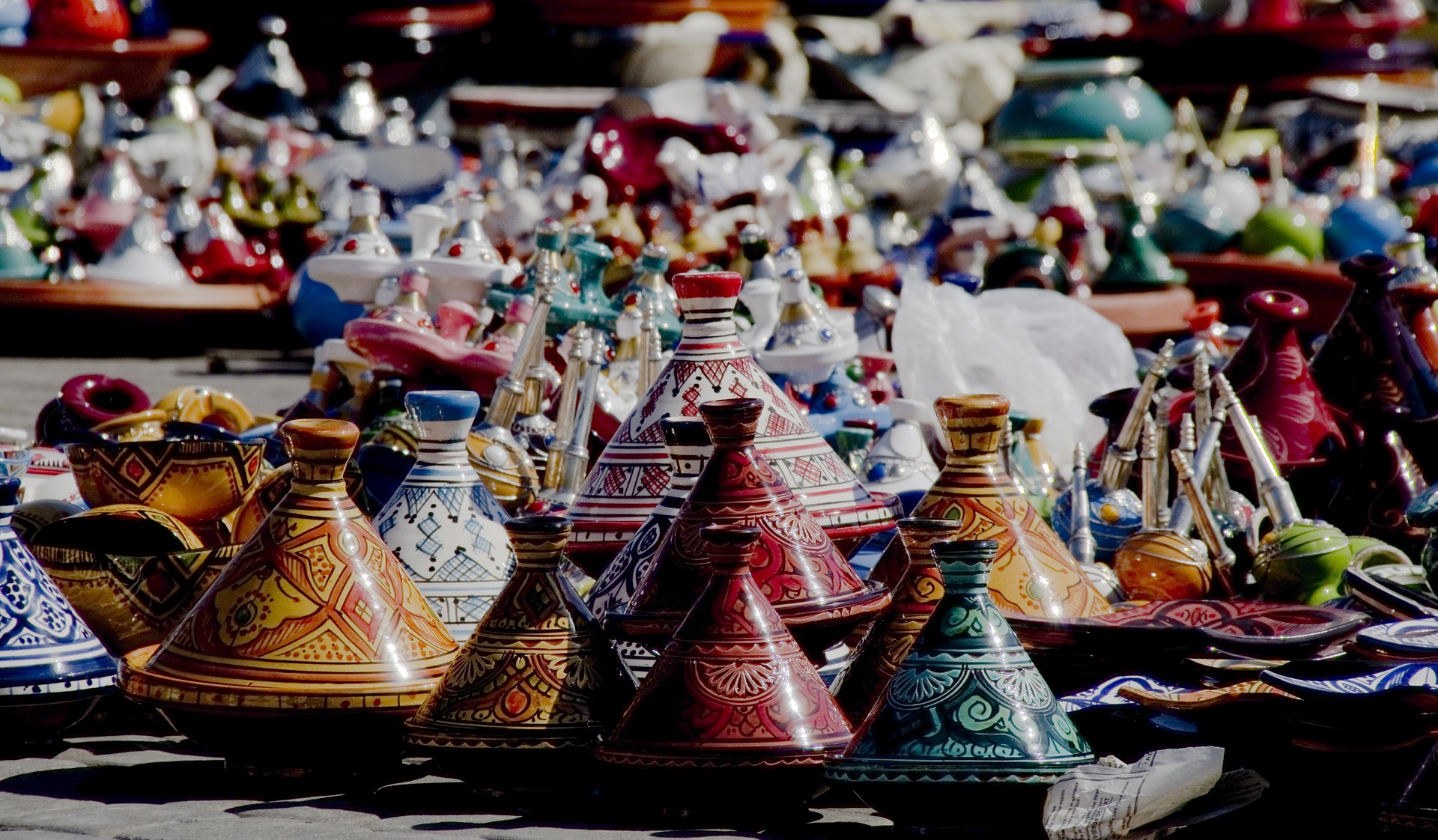
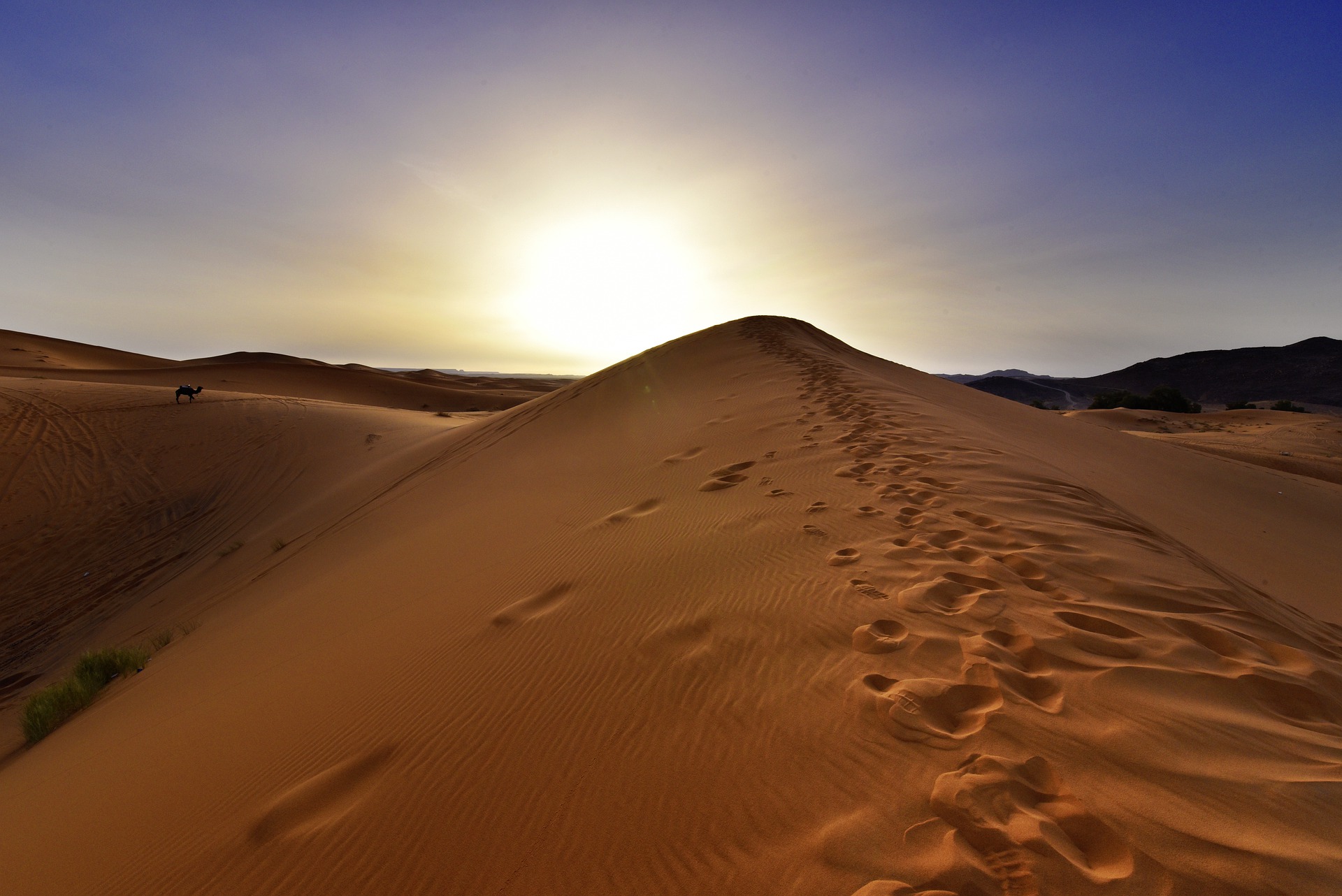
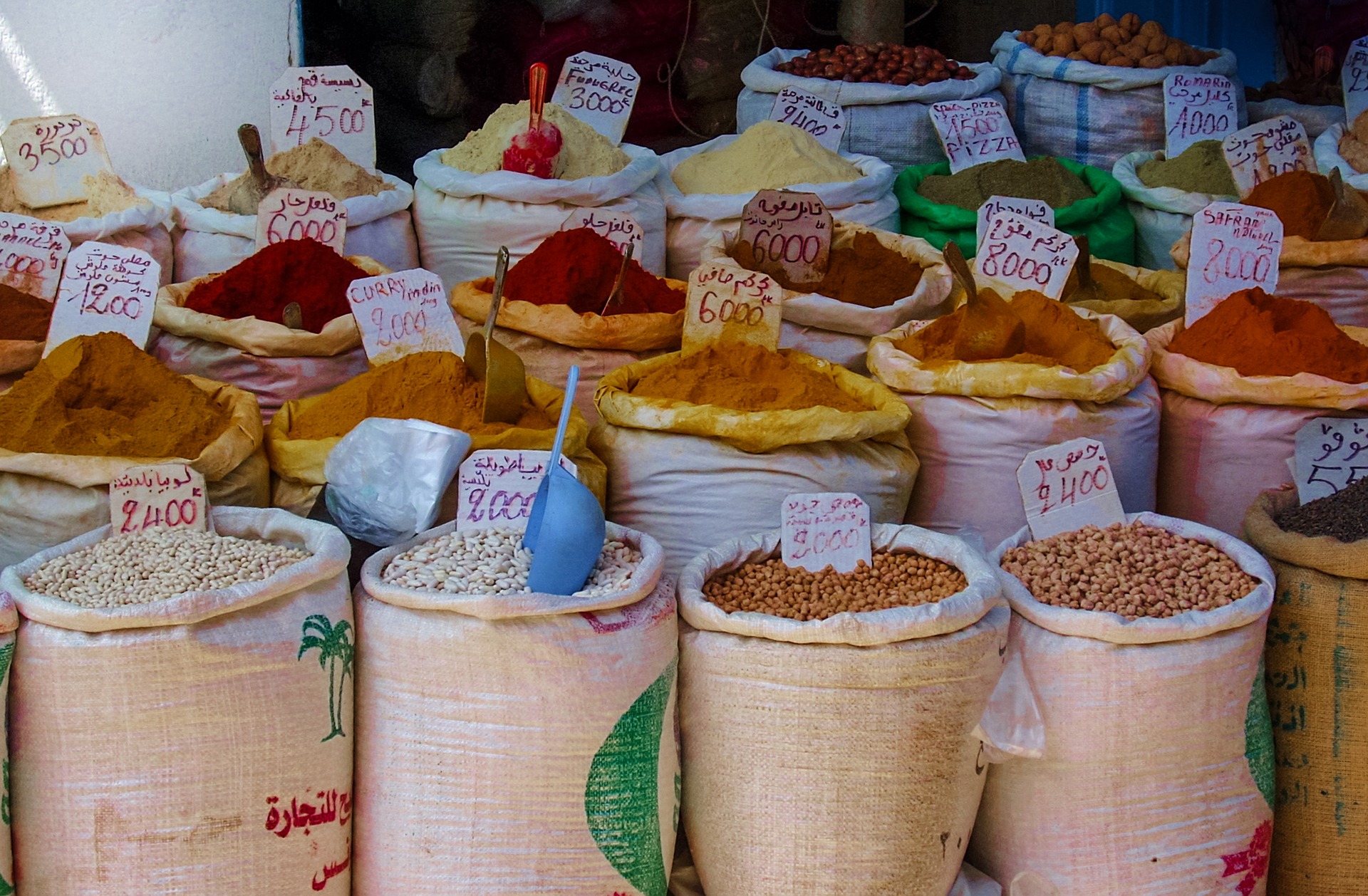
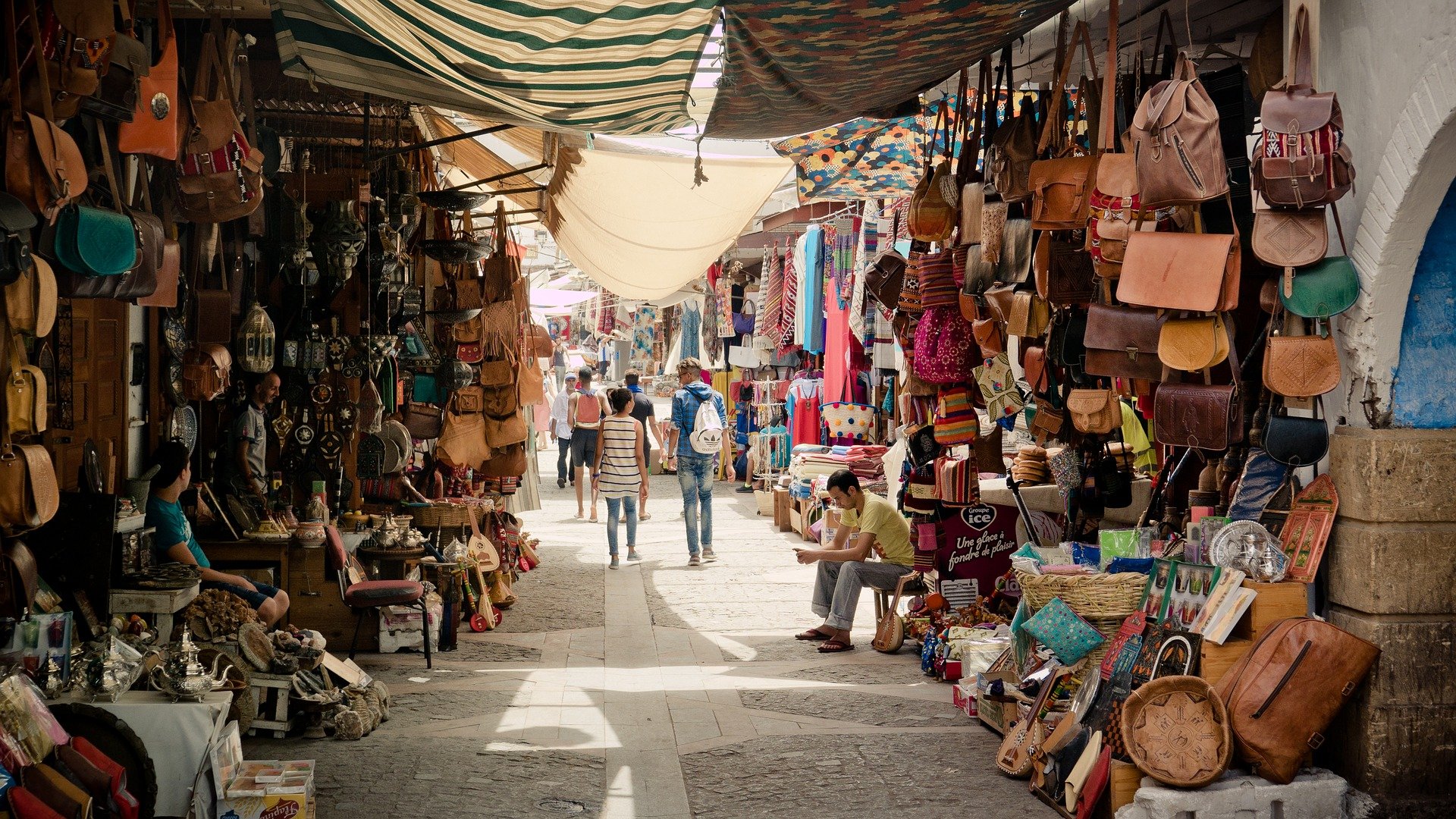
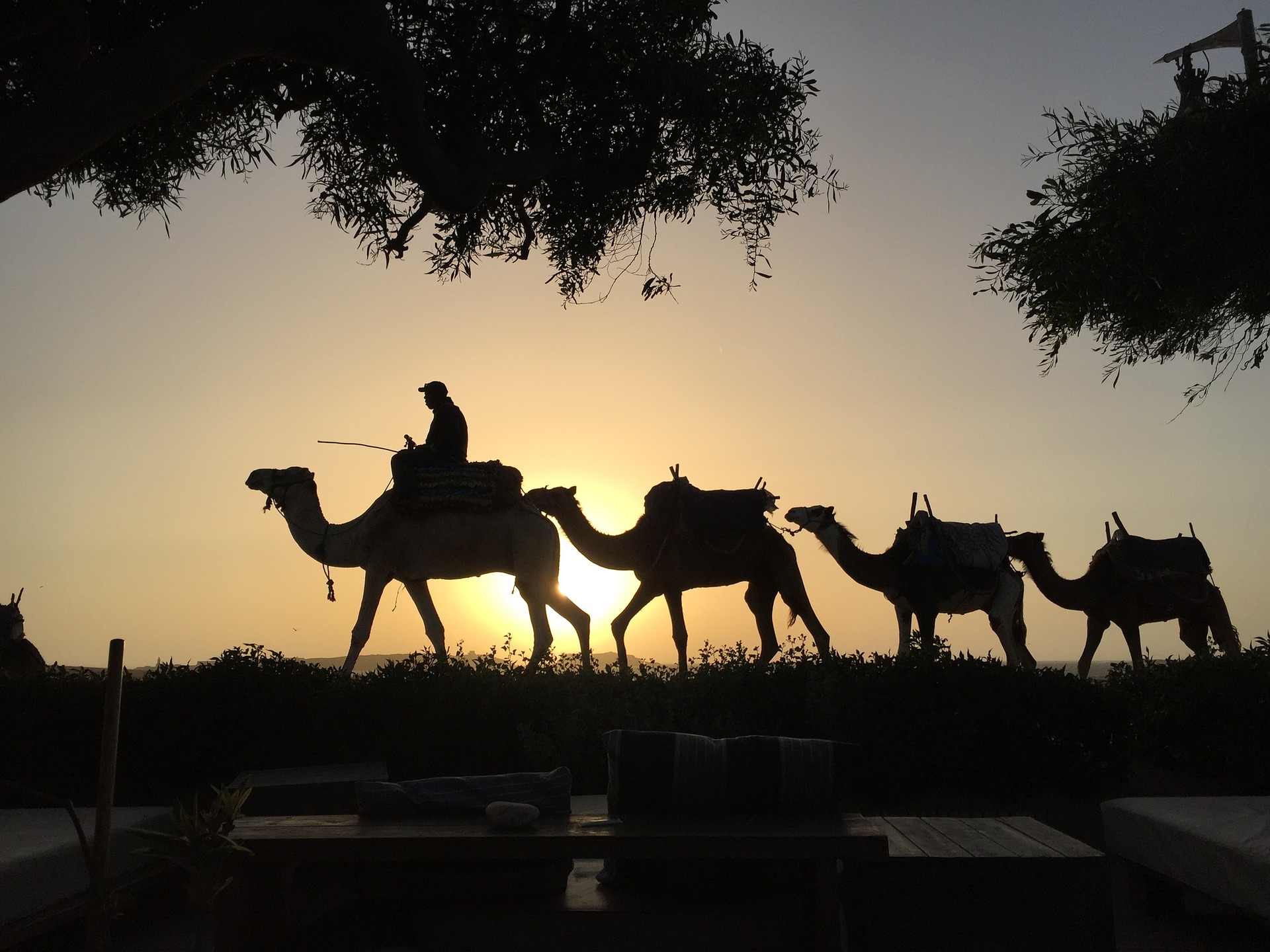

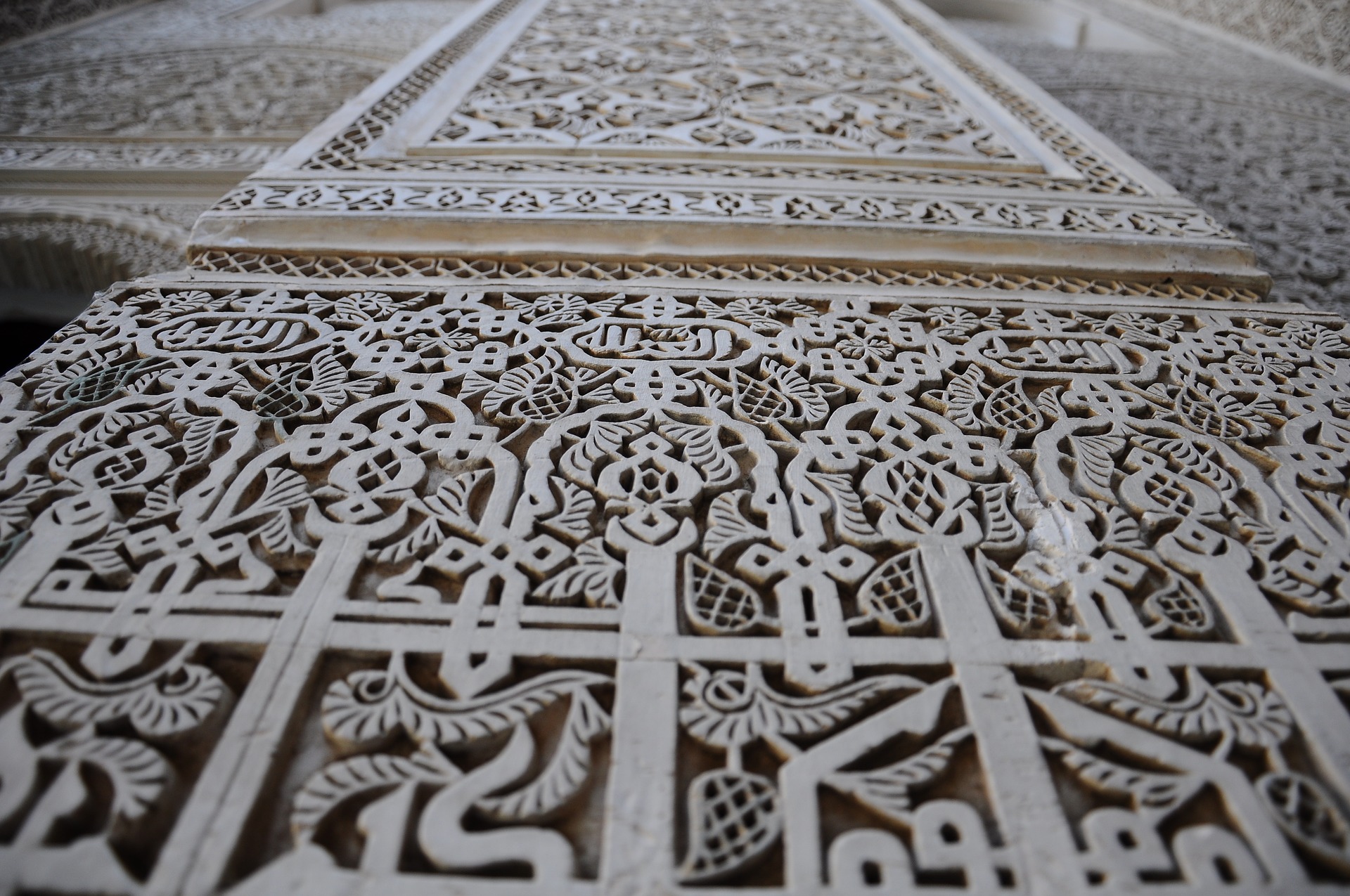
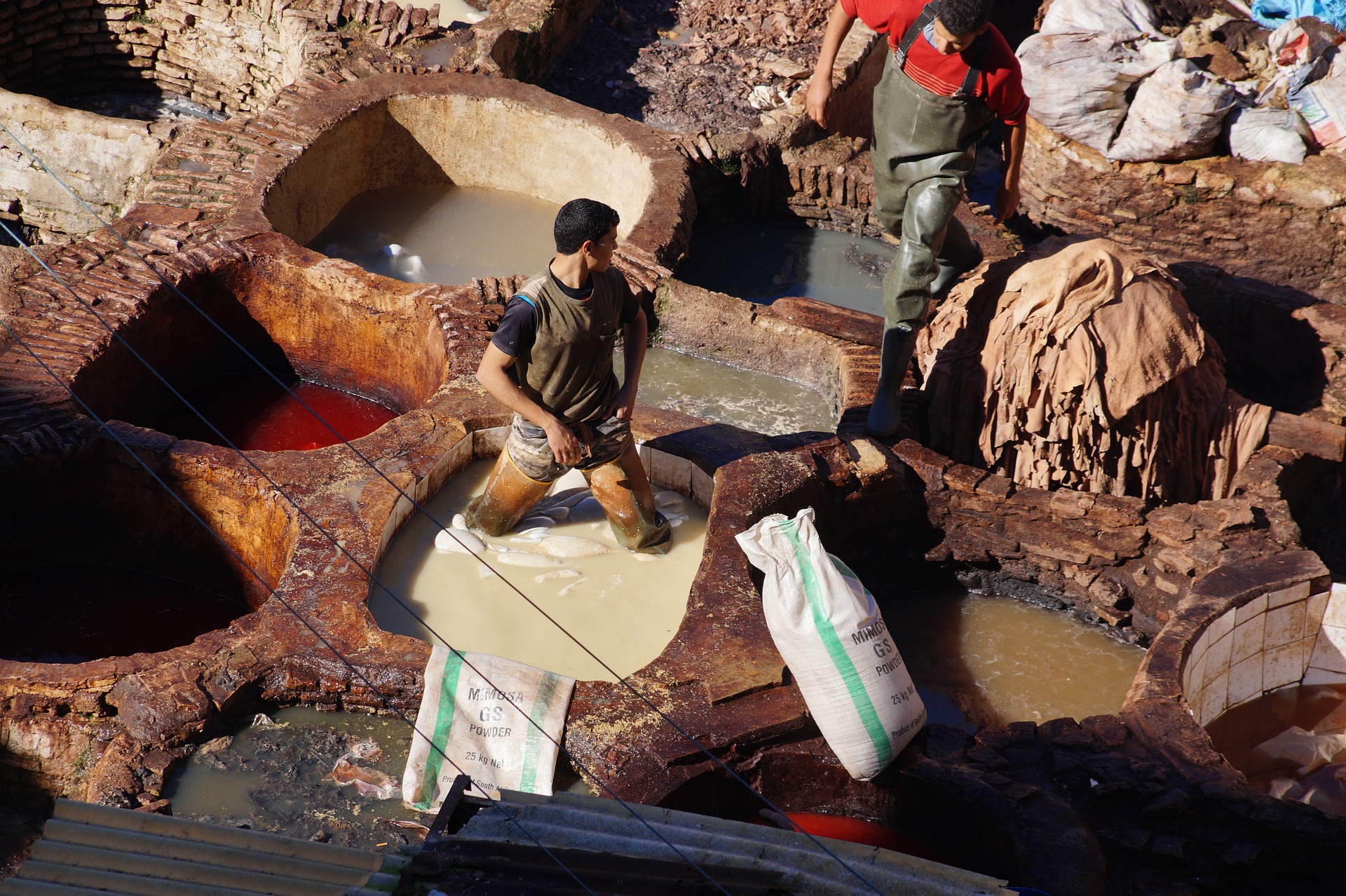
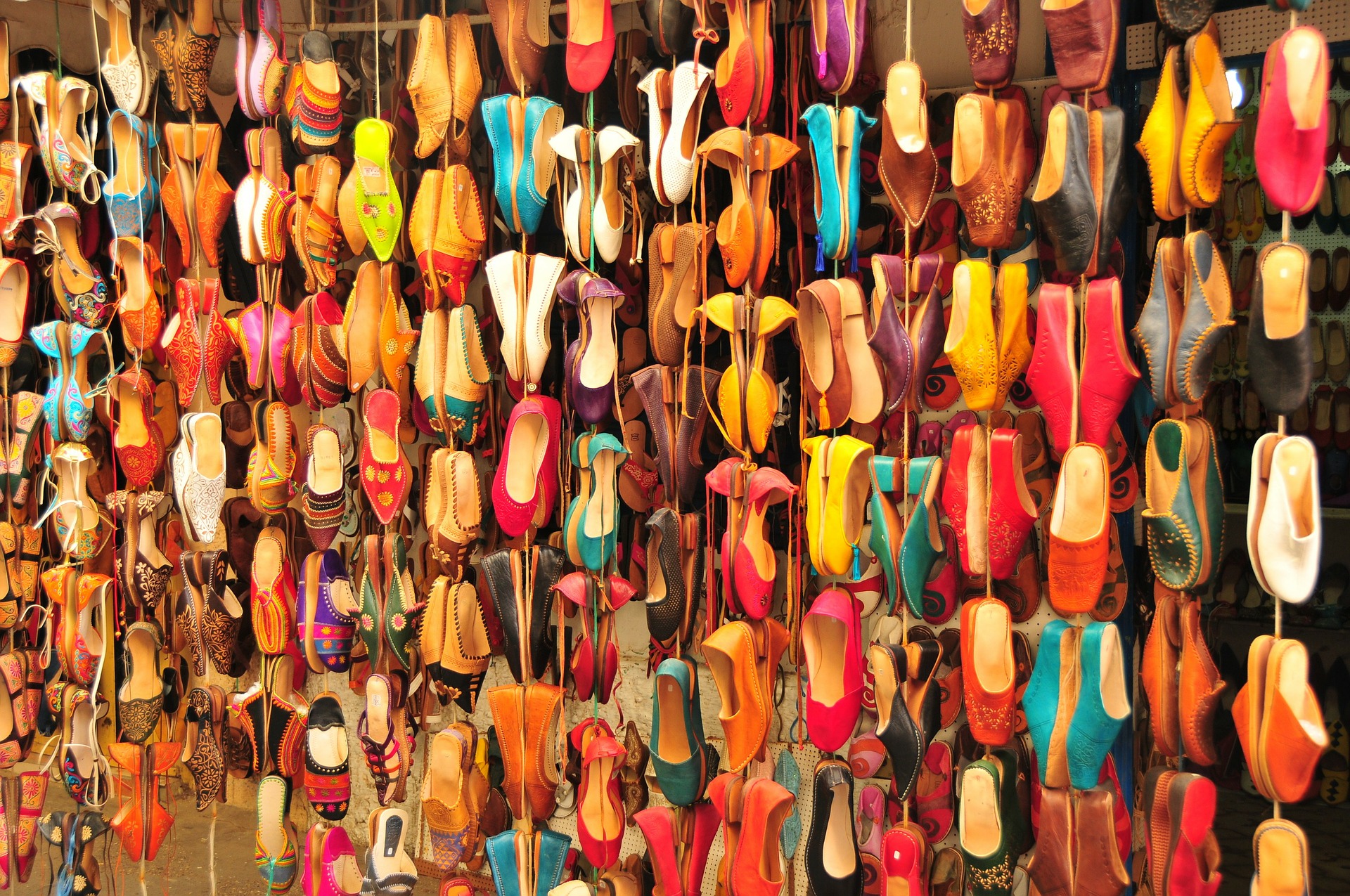
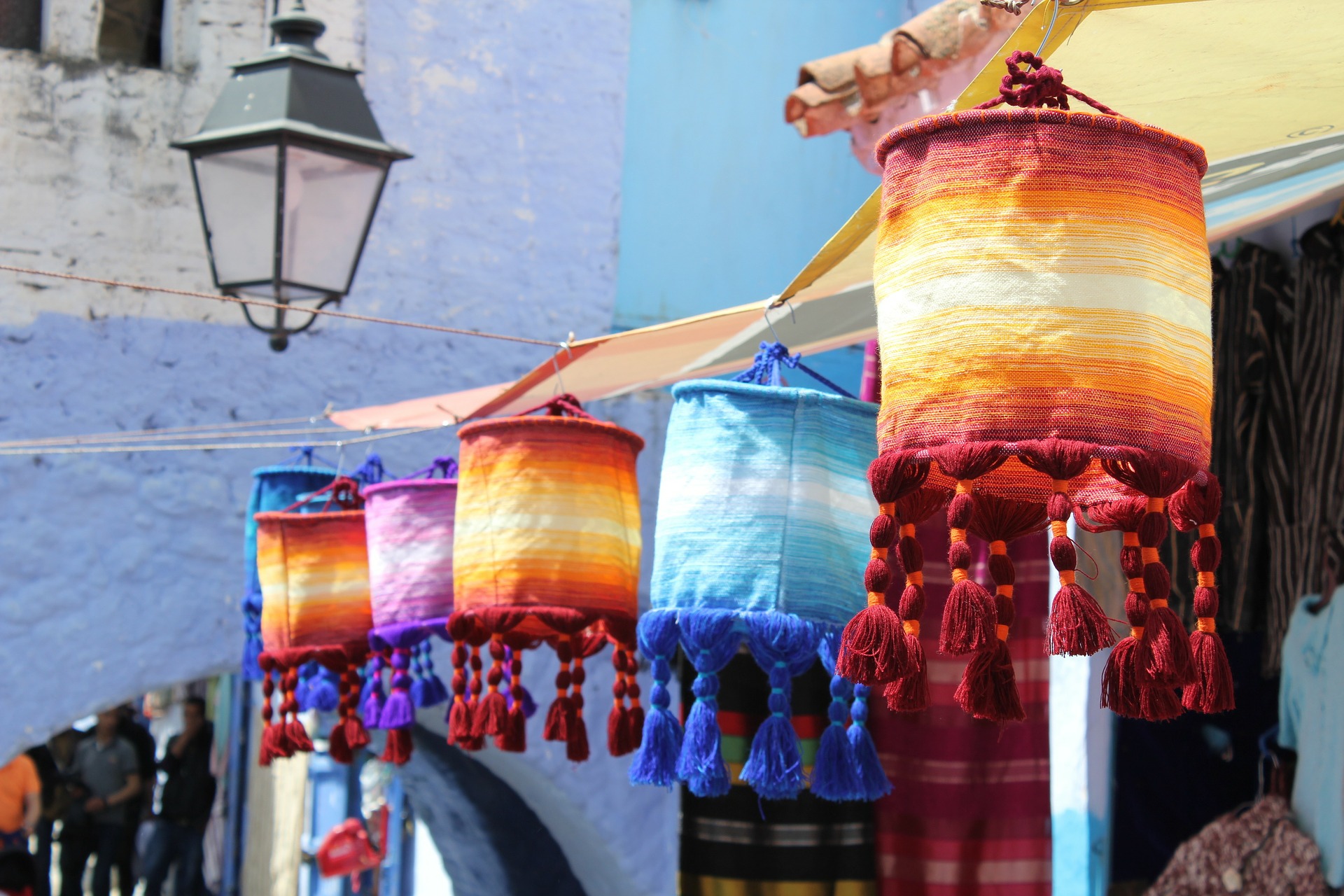
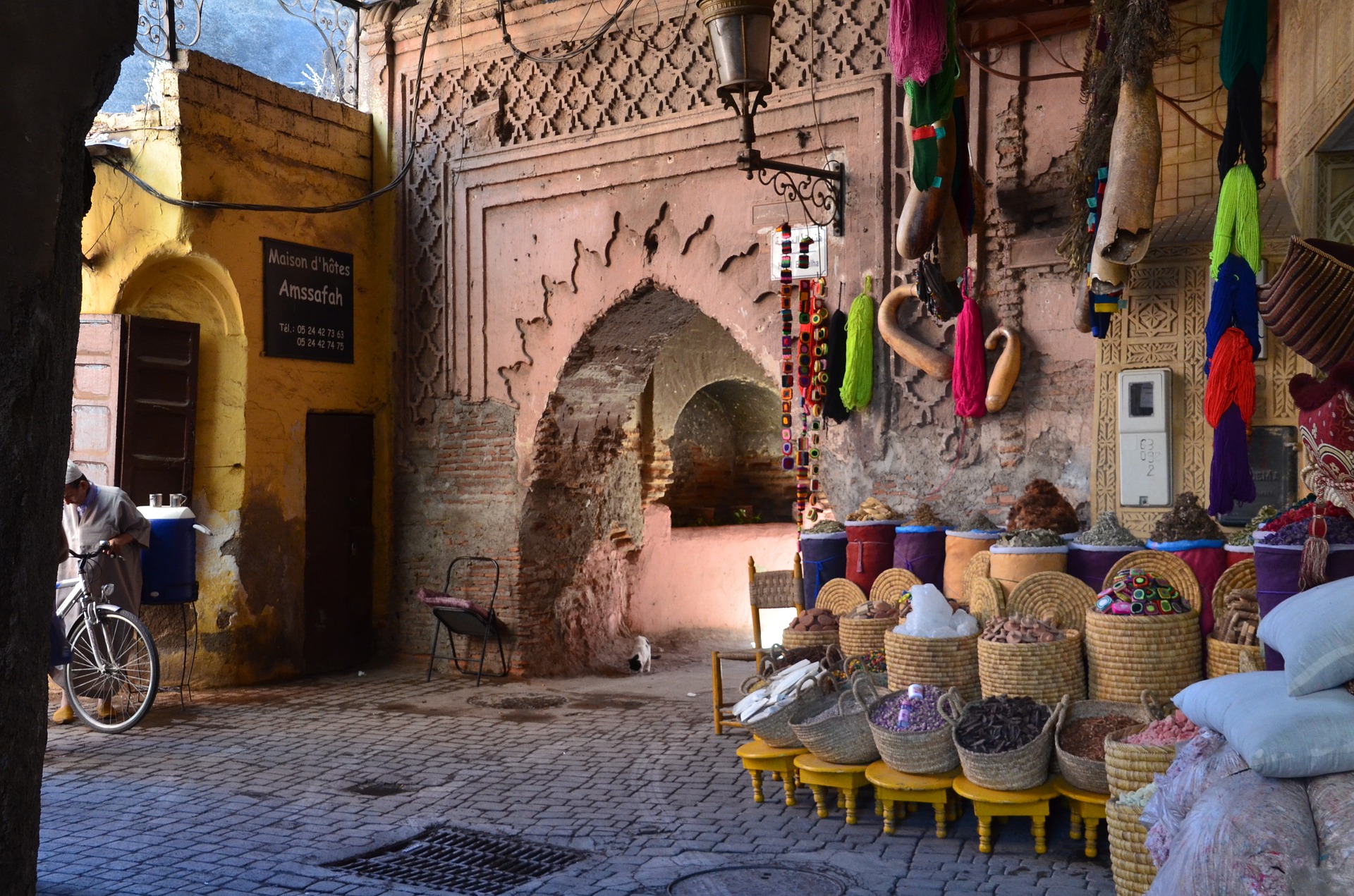

























Reviews
There are no reviews yet.